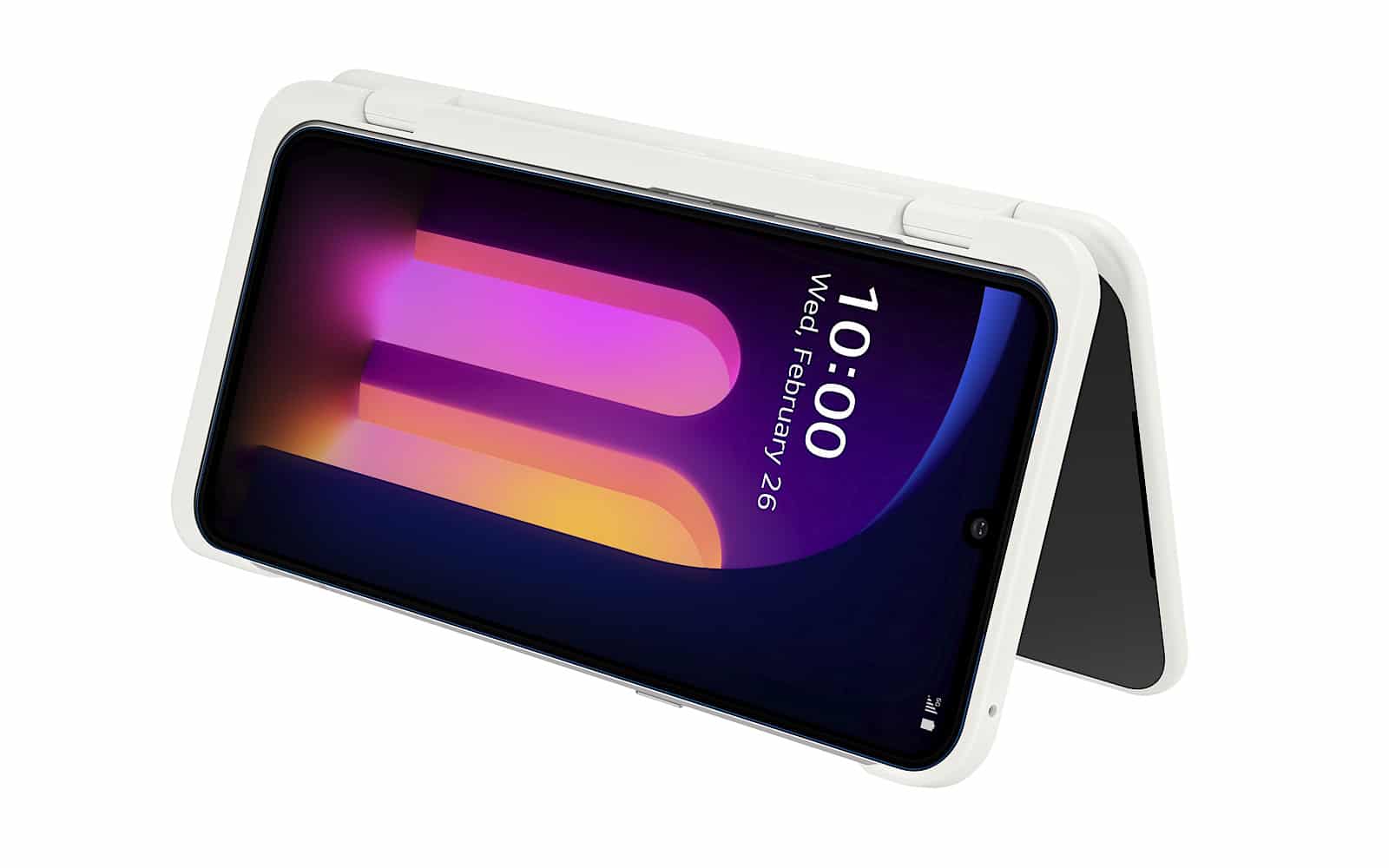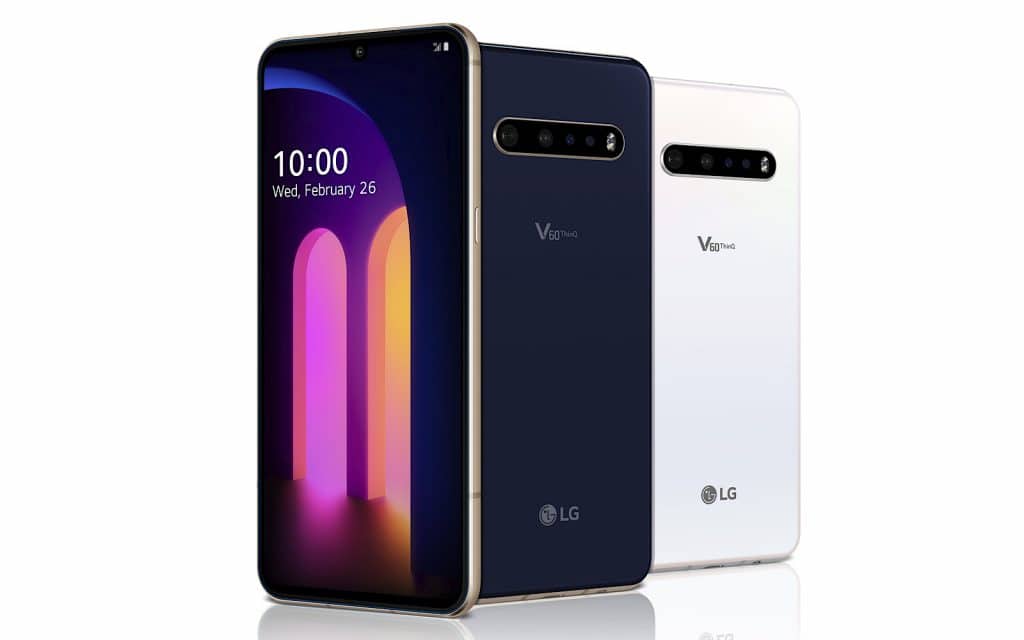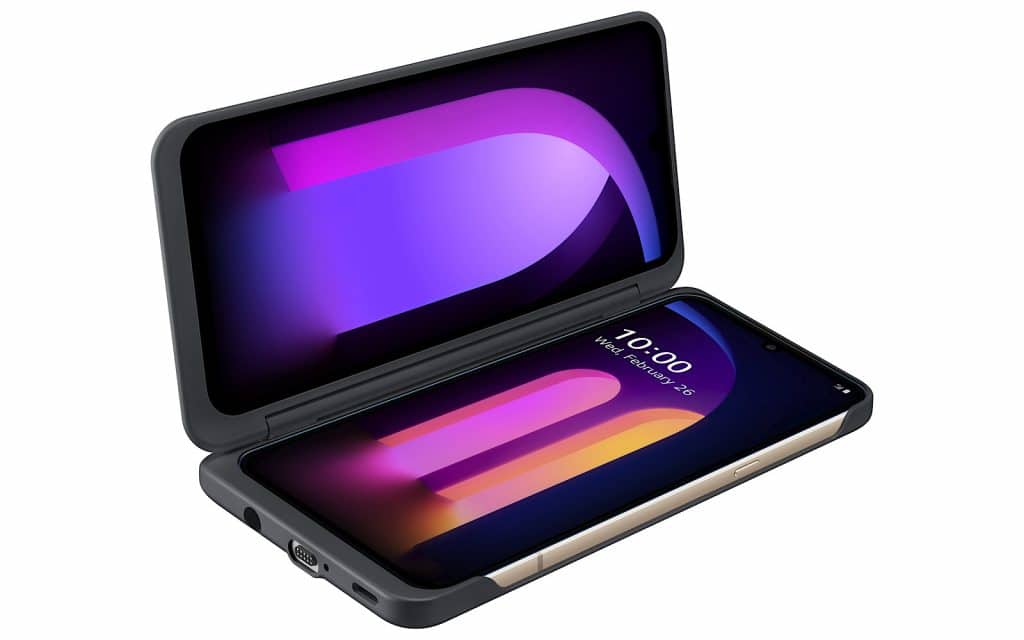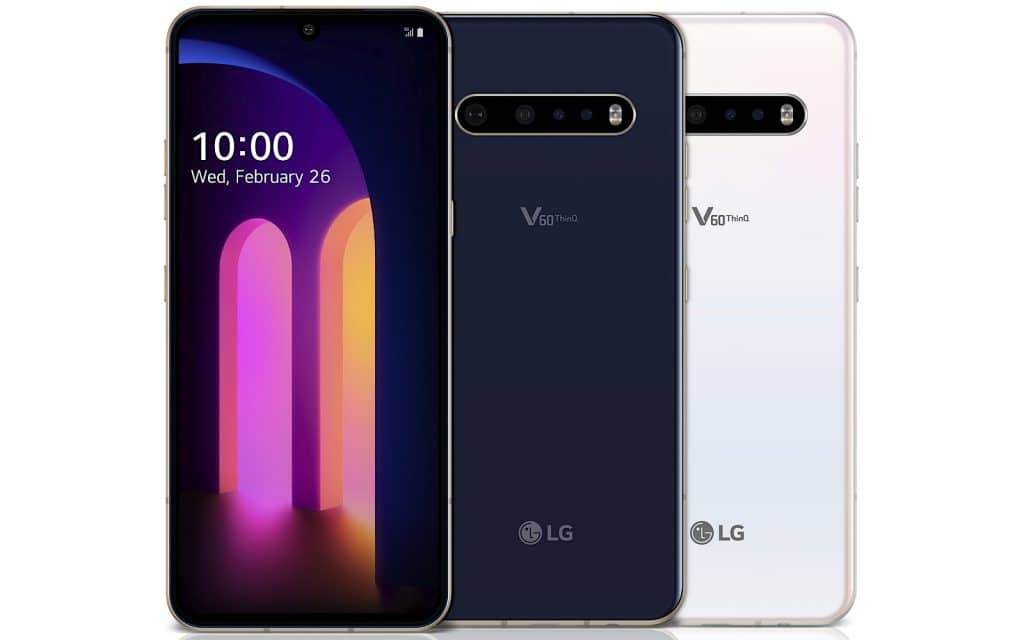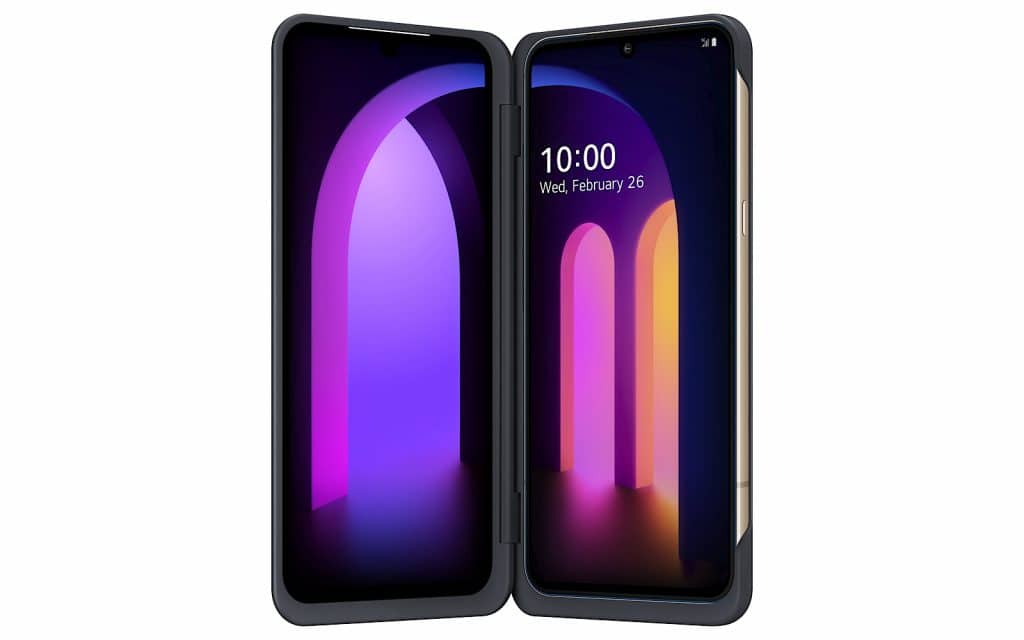LG’s take on dual screen technology is back, and with it, LG is trying something a little different from its competitors: no telephoto camera to work with.
Over the past few years, there’s been a pretty solid push with smartphones in cameras to get a little more capability from them. You already carry a camera everywhere you go, a change from the old days of clearly not doing that unless you intentionally carried a larger camera, so companies may as well make them stand out.
As such, we’ve seen developments such as cameras that let you capture in the dark, cameras that let you get closer, cameras that captured only in black and white to improve the contrast and detail, cameras that can be configured to capture the night sky, and cameras that capture portrait imagery in a way that either uses software to simulate the background bokeh of a big lens or even a special sensor to make it happen (bokeh is a term used to describe when the background is separated from portraits in the foreground, where the background goes all soft).
We even saw one phone that included five cameras to capture the same thing in an attempt to deliver a better image overall.
Generally, the consensus in flagship phones is to deliver a good assortment of cameras to let you grab the gamut of what you might need it for: wide, standard, and close, as well as maybe something else for added bonus.
But that’s not always the way. Sometimes manufacturers go their own way, and see if that works. It certainly worked for Google’s Pixel range, which pushed back against the extra cameras until last year’s Pixel 4 popped up, and it appears LG might be pushing back as well this year.
This week, LG has announced its next phone, the LG V60 ThinQ 5G, another large name thanks to LG’s “ThinQ” smart brand, though you can probably just call it the LG V60 or LG V60 5G, because we sure will.
The new phone was one of the many set to be announced at MWC 2020 before its cancellation, and looks to grab people by evolving what LG pushed out last year in the V50: a phone sporting 5G, a focus on media, and a dual screen accessory.
Yes, the dual screen accessory is back, and it’s a little different from last year’s V50, but still also kind of the same. In 2020, the dual screen LG V60 accessory features an identical 6.8 inch P-OLED screen with a 2460×1080 resolution, so the two will at least look the same, and you won’t get a strange style that shows one is clearly bigger than the other, something the V50 suffered from.
The V60’s approach to dual screen still appears to be a response to foldable phones, complete with a tiny 2.1 inch screen on the outside of the dual screen, so you don’t have to open up the two in order to see those notifications. That’s a handy inclusion, and potentially means less wasted opportunity for what the LG V50 dual screen accessory could have clearly done with.
And you’ll be able to use those two screens together for more multi-tasking and gaming, though how much more, LG hasn’t quite said.
The LG V60 5G has a little bit more going for it as well, thanks to a newly updated process, the Qualcomm Snapdragon 865, which is expected in quite a few devices this year, and supports 5G. That means it should work on the 5G networks offered by both Telstra and Optus, though how much 5G speed you’ll get and where are still very much in question mark territory, especially as the technology is gradually rolled out across Australia.
LG has also thrown in some neat media technologies, including a 32-bit DAC for folks who like their high-res audio, a 3.5mm headphone jack for people who still use them, and four microphones in the phone to deliver better audio recording in video capture, plus a concept it calls “Voice Bokeh” to separate voices from the background.
Of course, LG’s V60 will also handle regular bokeh in portrait images thanks to the inclusion of a Time of Flight sensor array, but in a move that pushes back against the norm, it will also include only two cameras: one ultra-wide angle and one standard camera. That’s it, with no telephoto here, making it like a marginally upgraded Galaxy S10e in terms of the sort of the lenses it gives to a flagship. It’s an approach we’re not sure we agree with, though we imagine LG will use its 64 megapixel main camera and 13 megapixel wide angle to let you get closer by cropping down with digital zoom.
However the phone will support 8K video capture, handy if you were eyeing one of those delicious 8K TVs announced by the company at CES earlier in the year.
This will sit under a 6.8 inch OLED screen and be powered by a 5000mAh battery, making it a little more meaty than previous models, and hopefully a little more capable, as well.
As for pricing and availability, LG hasn’t announced that yet for Australia, though our guess is this is one we will see, and we’ll let you know when that happens.


